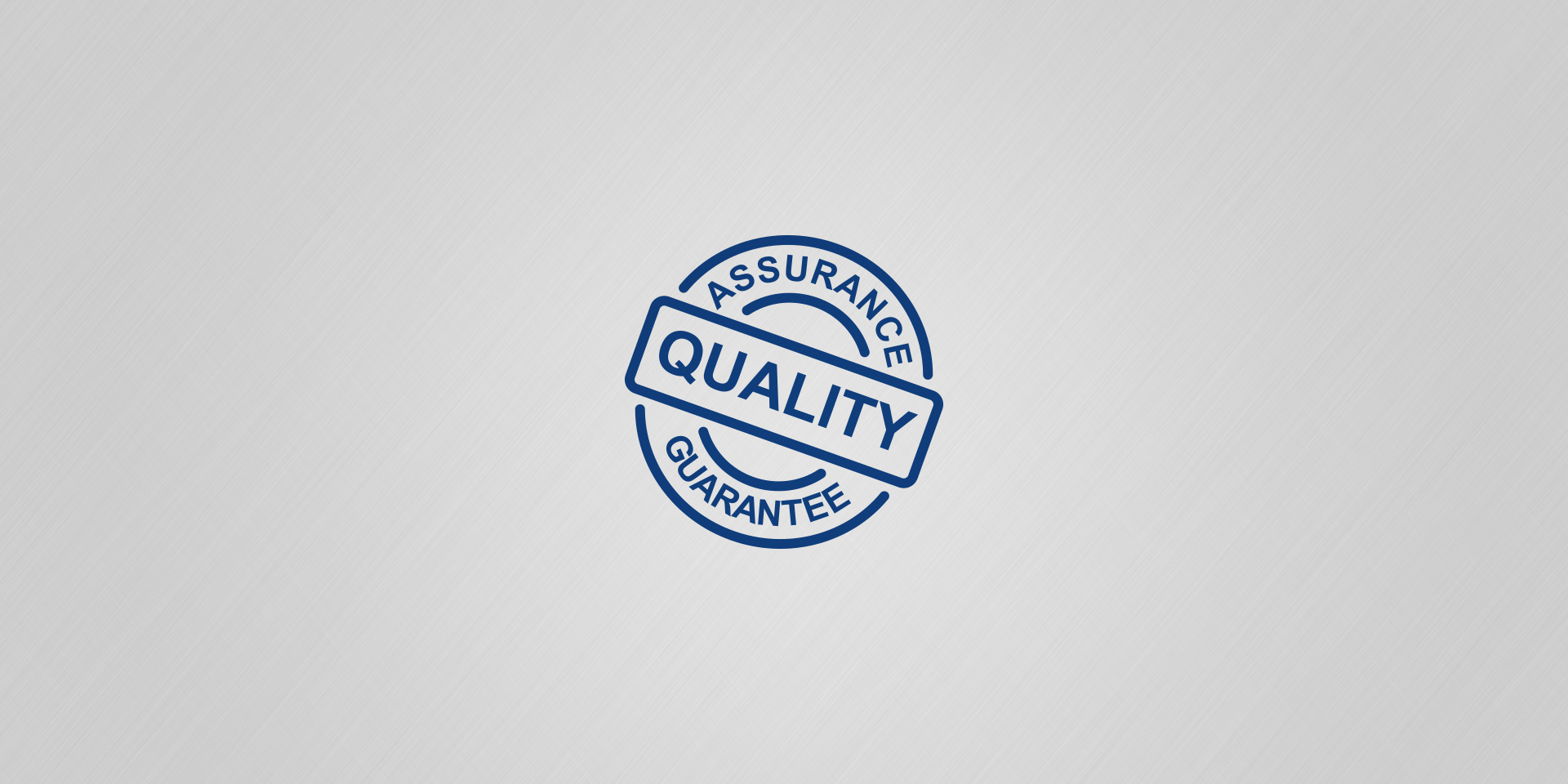
Nowadays projects usually involve a huge amount of information and documents: proposals, minutes of the meetings that have been held, functional requirements, customer needs, test plans, design specifications, user guides, installation guides, training manuals, press releases, service overviews, Marketing brochures, notes on the relevant release or product model, etc. Besides, these documents are often updated several times along the project. With such a significant volume of information, both digital and paper-based, it is obvious that an optimized document management process and adequate control mechanisms should be put in place in order to implement a consistent, proven approach, and be able to ensure document quality.
Although many companies directly opt to look for and implement document management software, optimizing corporate processes is no easy task. It is not enough to choose adequate software that adapts to the organization’s requirements. Companies should start from scratch. That is to say, before implementing document management software, companies need to take control over the processes involved through an appropriate management policy.
By controlling documents from scratch, companies can make sure that only valid and updated information is used and published, grant access to classified information only to those employees who really need to use it, and avoid wasting valuable resources on handling less important information.
It is worth highlighting that, far from generating more red tape, having corporate documents under control means regulating the processes involved in document development, approval, issue, change, distribution, maintenance, use, storage and security. In order to have documents under control, it is critical to define a strategy, set up a process that fits that strategy, and put it in place.
Defining a document management strategy
A document management strategy should be supported by a procedure determining the processes involved in document development. This procedure may vary across companies, but usually includes the following elements:
- Planning of new documents: budgets, authorizations, actual needs, etc.
- Document preparation: who writes documents, how they are written, agreements for testing, diagrams, forms, etc.
- Format and content standards for documents, forms and diagrams.
- Agreements on document identification.
- Agreements on date used: issue date, approval date or distribution date.
- Document review: who reviews documents.
- Document approval: who approves documents and how approval is granted.
- Printing and publishing: who carries out and monitors these tasks.
- Document distribution: who decides, performs and controls distribution.
- Document use: restrictions and unauthorized copies.
- Review of change requests: who approves them and implements change.
- How to indicate changes: new edits, underlining, notes in the margin, etc.
- Modification of already issued documents: instructions and status.
- Document indexation.
- Document security, in case of unauthorized modifications, copies, viruses, fire and theft.
- Document storage: original documents, copies and drafts.
Most of these processes can be automated through adequate document management software. Only those tasks to be carried out manually by company employees should be in-depth defined through a procedure.
Designing a document management procedure – Some guidelines
When it comes to defining a document management procedure, it is important to first identify those employees who will be involved in each process. Those who create documents, review them – usually topic experts – and also approve the final version.
Reviewing documents is vital, since it guarantees that the information is checked by the relevant people and their comments are taken into account. Likewise, defining a document approval policy is equally important for a document management process, as it means that the people authorized for this purpose have agreed on the document’s content before it is published.
Another aspect to be borne in mind as far as a document management system is concerned is that each change in the document must be reflected in the review number. It seems logical, but many mistakes are made when editing or sending documents just because the sender does not know whether it is the final version. That is why it is essential to ensure all changes are correctly tracked along the document by means of notes in the margin, underlining features, etc. Moreover, when evaluating changes, it is of utmost importance to assess the impact of each requested change on other areas.
Finally, it is worth pointing out that information must be stored in a document management server that can be accessed by all users. In order to keep documents secure, user permissions have to be configured according to individual user profiles.
To sum up, a well-defined document management procedure will save time and effort, and improve document quality. Optimizing document management does not only mean implementing top-notch software, but also starting to regulate all processes involved – development, approval, publishing, etc. – in order to increase quality.
Authors:
Mercedes Caparrós
DocPath Operations and Customer Service Manager
André Klein
Freelance Consultant for DocPath
